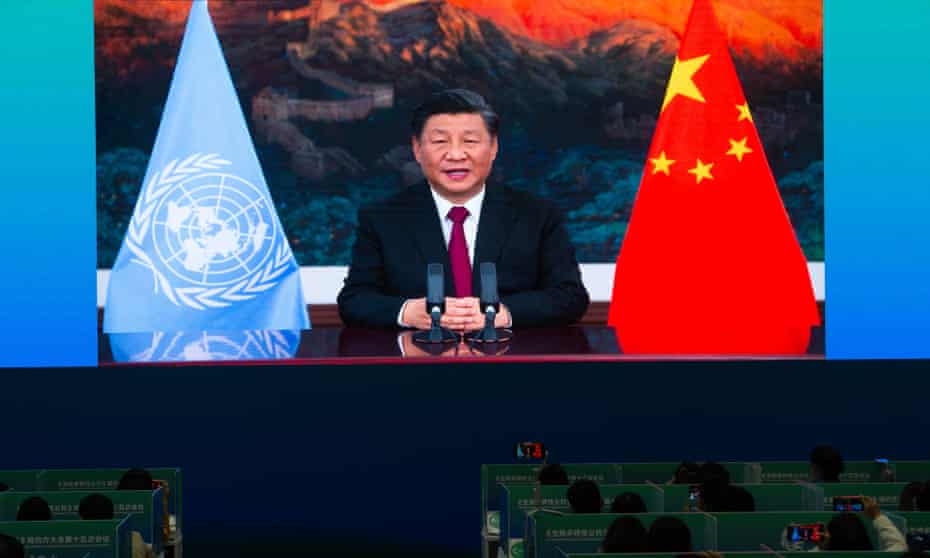By Cara Murez, HealthDay News

One major reason people hesitate or refuse to stay in the hospital is worries over who will care for their pet, according to experts.
Dr. Tiffany Braley works with patients who have experienced strokes and other serious health conditions, treating them at the Michigan hospital where she works as they begin their recovery.
Braley noticed there was a trend among patients who resisted being admitted to or staying in the hospital: They just wanted to get home, because they had no one to care for their beloved pets.
"I was pretty struck by the experience. I realized at that point that I was discovering what I thought was likely an unrecognized need among the hospitalized patients," said Braley, an associate professor of neurology and clinical neuroimmunologist at University of Michigan Health/Michigan Medicine, in Ann Arbor.
"I knew there wasn't a lot of information on this topic. So, I reached out to several colleagues here at Michigan Medicine from social work and from nursing who also love animals. They confirmed that, in general, hospital systems really don't have formalized plans in place to assess pet care needs or to help provide assistance with pet care for patients who are in a hospital," she said.
RELATED Pet store puppies may be passing drug-resistant bacteria to people
"I learned very quickly that it's usually social work who's called upon to handle this task, if they find out sometime during a hospitalization that a patient needs help with pet care, but often they're not brought in to help until late in the hospital course. And, at that point, they usually don't have many resources to offer patients," Braley noted.
Working through their office of patient experience, Michigan Medicine researched the issue, reaching out to approximately 1,300 "patient advisors," a network of former patients and family members who had previously offered to share experiences.
The team got responses from 113 people, 63% of whom said they had experienced difficulty when figuring out pet care during their own hospitalizations or the hospitalizations of a loved one.
RELATED Hen hazard: Salmonella a threat from backyard chickens
About one-third said their decision or the decision of someone they knew about whether to stay in the hospital as recommended by the medical team was impacted by their pet care needs.
And about 16% of respondents said they knew someone who had left the hospital against medical advice to care for their pets.Pet care organizations "The overwhelming majority also really saw value in developing better systems, including foster care programs, maybe partnerships with foster care programs, to help address this need for patients who are hospitalized," Braley said.
It's not an issue for everyone. Some patients do have family, friends or neighbors who quickly step in to care for a pet when someone is hospitalized, but for some patients their primary social network is their pet.
RELATED 'Superbugs' detected in raw dog food, but danger unclear, study says
"We don't know, are they at home without food? Are they all by themselves? Are they at risk while their owners are in the hospital?" Braley said.
Possible solutions, in addition to the first step of asking patients about their pets early in their care, could be creating partnerships between hospital systems and community pet care services, whether those are humane societies or other foster programs.
"We've been in preliminary discussions already with the Michigan Humane Society, who is very eager to help become a potential partner and scale up resources as necessary in order to address this need," Braley said.
Michigan Humane Society already does some work through its compassionate foster care program offering foster care for pets in situations similar to what Braley has described, said Matt Pepper, CEO and president of the humane society.
"The health care system obviously needs to recognize and be asking people when they're scheduling critical treatments or for any type of hospitalization, 'Do you have a pet and do you need help with your pet?' And then it's incumbent upon organizations like us to work collectively with them to create those solutions," Pepper said.
The humane society's program isn't a huge network of foster homes, Pepper said, but could support several families who need pet care while seeking medical treatment.Filling a need
"The other part of that is I think that we need to do a better job of not only making the health care system aware of this, but make the community aware that this is an opportunity for people to help and step in," Pepper said.
"The more awareness we bring to it, it elevates another opportunity for the community to get involved in not only helping animal welfare and the pets that are involved, but helping their neighbors and their fellow residents of their communities," Pepper said.
These types of programs can be good for both pets and people, Pepper said.
"I think we also need to realize the role that pets play in our quality of life, that they can absolutely have a positive impact on how we heal and recover, our emotional state, our physical state. You're much more likely to be active and healthy if you have a pet," Pepper said.
"So, having a pet is absolutely a positive thing. But in these instances, when people don't know what to do, they will make decisions that will impact their own personal health based on their pets," Pepper said.
Since 2011, an organization based in Pennsylvania has been offering foster care for pets, both for individuals who are hospitalized and also for individuals enlisted in the military who are deployed and have no one to care for their pets while they're gone.
PACT for Animals founder Buzz Miller said the nonprofit organization has provided 1,600 companion animals with volunteer foster homes for free since they began, and it now has about 500 to 600 foster homes in 49 states.
"I saw a need and we're solving it," Miller said. "We couldn't charge because most of the people we help are lower income. Military people we help aren't five-star generals, they're primarily privates, kids making $20,000 a year. They can't afford to put their animal in doggy daycare. And they love the animal."
The Michigan Medicine findings were published this month in the Journal of Patient Experience.
The survey sample was small and not diverse, with most of the respondents white and women. The hospital is now conducting surveys with patients who are more diverse.
The researchers plan to evaluate how pet ownership may impact patients' length of stay, how many patients deferred services, what services were deferred and potentially how that affected their health outcomes.More information
The ASPCA has more about fostering animals in need.
Copyright © 2021 HealthDay. All rights reserved.













